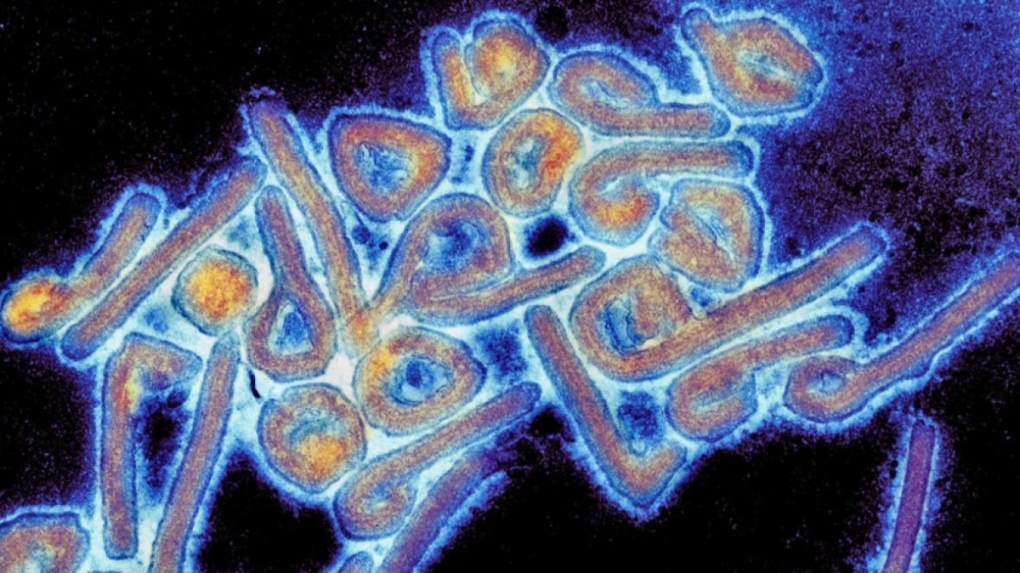For the first time in Rwanda’s history, its health ministry is dealing with an outbreak of Marburg virus disease, a rare but deadly hemorrhagic disease similar to Ebola – but unlike Ebola, there is no treatment or vaccines for Marburg, and it has a fatality rate of 88 per cent.
So far, 26 people have gotten sick, 18 are in treatment and eight people have died in the outbreak, according to the health ministry.
In addition to sending medical supplies, the World Health Organization said over the weekend that it is deploying a team of seven global experts in hemorrhagic disease to Rwanda who can provide guidance for public health experts on the ground. The US Centers for Disease Control and Prevention said Monday that it is also sending experts to Rwanda to help support testing and contact-tracing efforts.
There are no cases of Marburg in the United States, and the risk to Americans with this outbreak is low.
The CDC said it has had a presence in Rwanda since 2002 and has worked closely to help the country strengthen its health system.
Unlike in some other sub-Saharan African countries that have dealt with Marburg virus disease, Rwanda has a strong public health system, according to WHO.
“With the country’s already robust public health emergency response system, WHO is collaborating closely with the national authorities to provide the needed support to further enhance the ongoing efforts,” said Dr. Matshidiso Moeti, WHO regional director for Africa.
Dr. Brian Chirombo, the WHO representative to Rwanda, said Sunday that he believes the country has “the capacity and the ability to stop this outbreak very quickly.”
Rwanda’s Ministry of Health said Sunday that people are allowed to continue with their daily activities, and the government is encouraging people not to panic, since officials believe that they have identified all the disease hotspots and are taking appropriate action to keep it from spreading.
The virus has spread to seven of the country’s 30 districts. More than 100 people who have had contact with infected people are either being monitored or in isolation, the ministry said. Many of those who have gotten sick are health care workers.
Marburg is an orthomarburgvirus, a virus that naturally occurs in fruit bats. It’s in the same family as the Ebola virus.
Marburg can spread from human to human when someone comes into contact with bodily fluids from a person who’s been infected. People can also get sick after handling a patient’s clothing or bedding.
It is not an airborne virus like the coronavirus that causes Covid-19, so that makes it a little easier to control, experts say.
It can take up to three weeks for symptoms to develop after someone has been exposed to the virus.
The illness typically starts with a rash and fever. People may vomit and have a severe headache and muscle aches. In severe cases, infected individuals may bleed from the nose, gums and eyes, and internal bleeding manifests as blood in vomit, urine and stool. Severe blood loss can cause shock and death.
Scientists are working to develop vaccines and treatments, but currently, supportive care consists of rest and fluids.

